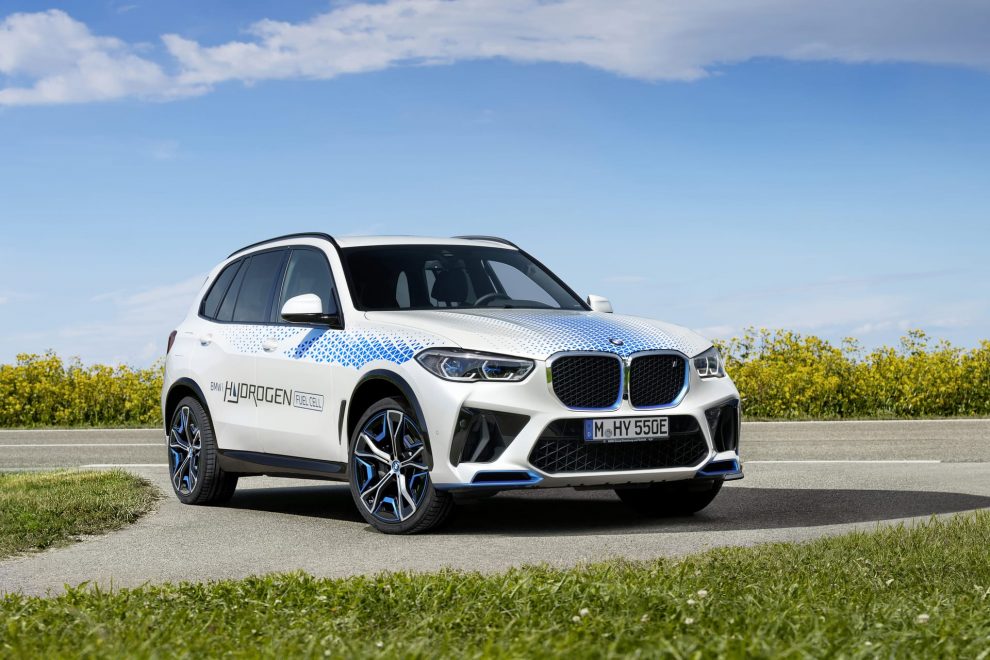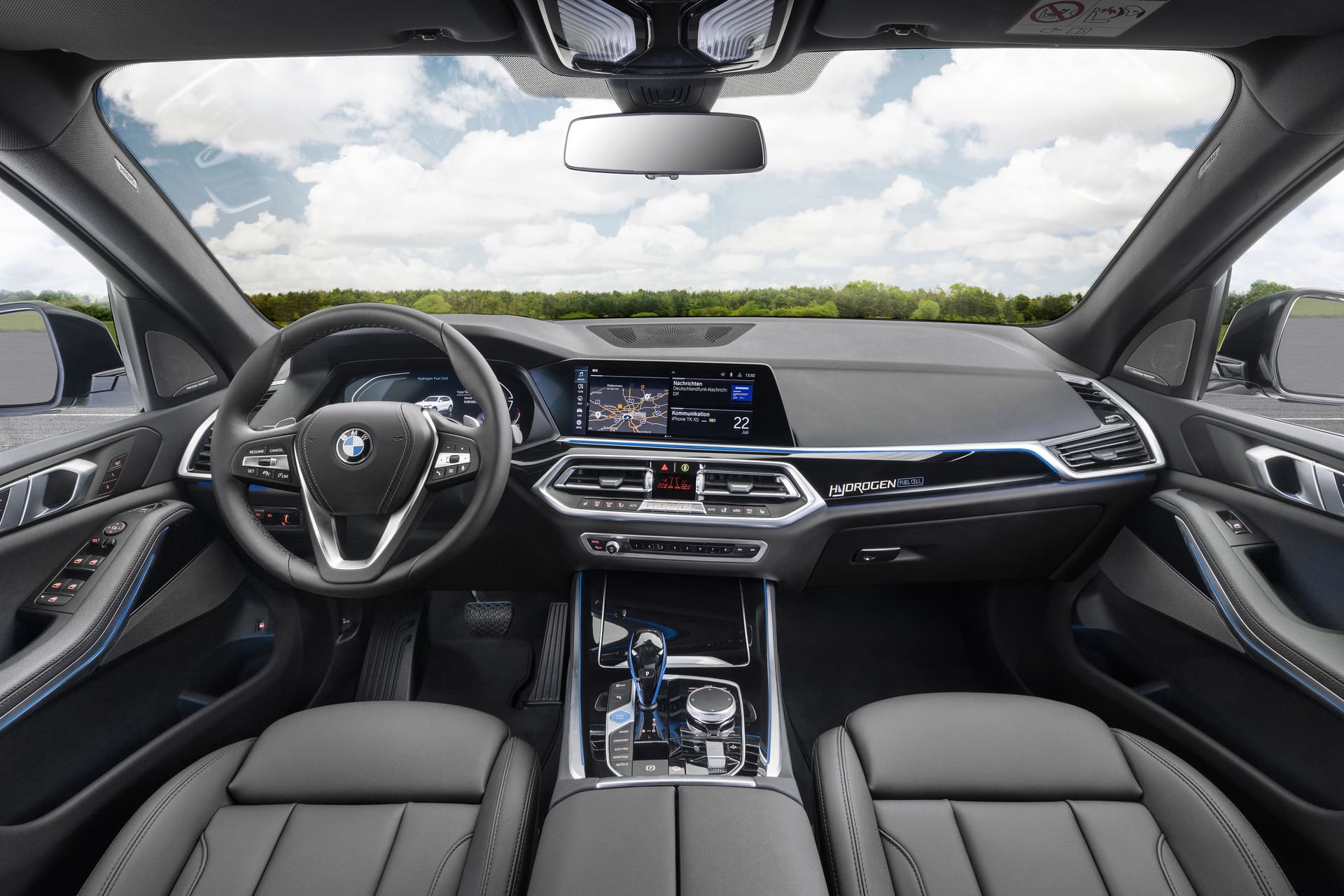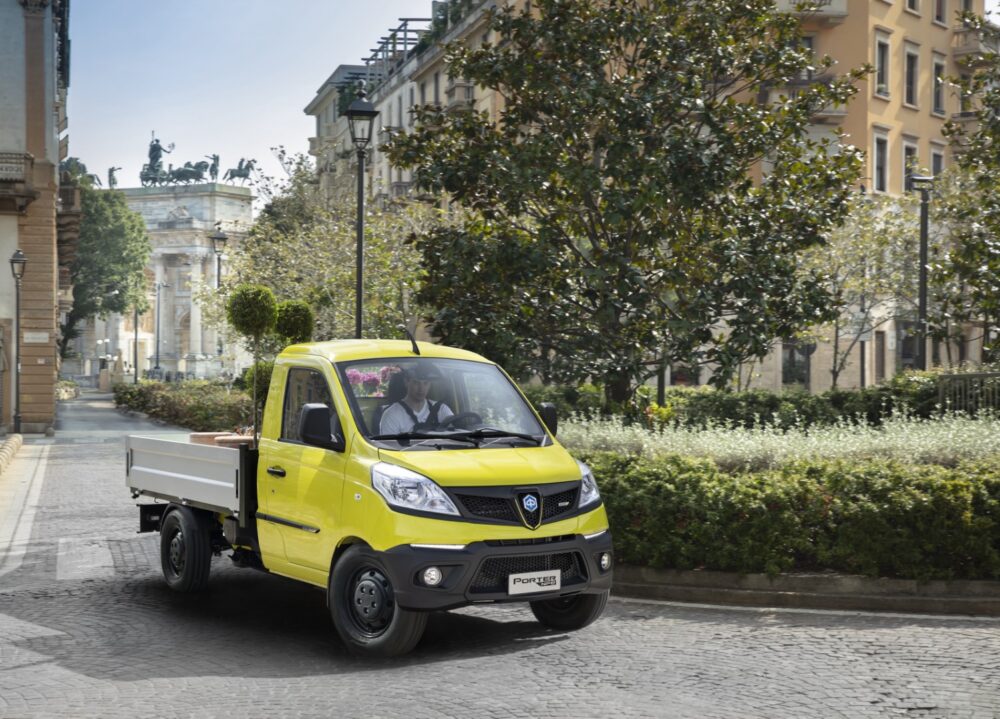IAA 2021: Test the iX5 as a Hydrogen
FUTURE Two years after the BMW i Hydrogen Next, the brand is showing the BMW iX5 Hydrogen at the IAA Mobility in Munich (September 7-12). The manufacturer began with near-series hydrogen vehicles with the Hydrogen 7. In the future, the BMW i brand, which is focused on locally emission-free mobility, could also offer vehicles with [...]

The BMW i brand, which focuses on locally emission-free mobility, could also offer vehicles with hydrogen fuel cell drive systems in the future in addition to battery-electric models.
This technology can replace or complement battery-electric and plug-in hybrid drives when no electric charging infrastructure is available, long distances are frequently driven, high flexibility is required, or green hydrogen from sustainable sources is available at particularly low cost.
Design features for specific drive technology
Individual design features indicate both the affiliation to the BMW i brand and the specific drive technology. The inner area of the surround for the BMW kidney, the inserts in the 22-inch aerodynamic wheels and the attachments in the outer area of the rear apron are in BMW i blue. The door sill trims and the dashboard trim bear the words "Hydrogen Fuel Cell".
High speeds over longer distances
The BMW iX5 Hydrogen combines fuel cell technology with a fifth-generation BMW eDrive. Its drive system uses hydrogen as an energy carrier and converts it to electricity in a fuel cell. This generates electrical power of up to 125 kW (170 hp) and releases water vapor as the only emission. With this drive power, even high speeds can be kept constant over longer distances.
Tanks made of carbon fiber reinforced plastic
The electric motor comes from the fifth generation of BMW eDrive technology, as also used in the BMW iX. In thrust and braking phases, it assumes the function of a generator that feeds energy into a power battery. For sporty driving maneuvers, the energy stored in this power battery is additionally used. This provides a system output of 275 kW (374 hp).
The hydrogen required to supply the fuel cell is stored in two 700-bar tanks made of carbon fiber-reinforced plastic. Together they hold just under six kilograms of hydrogen. Filling up the hydrogen tanks takes only three to four minutes.












